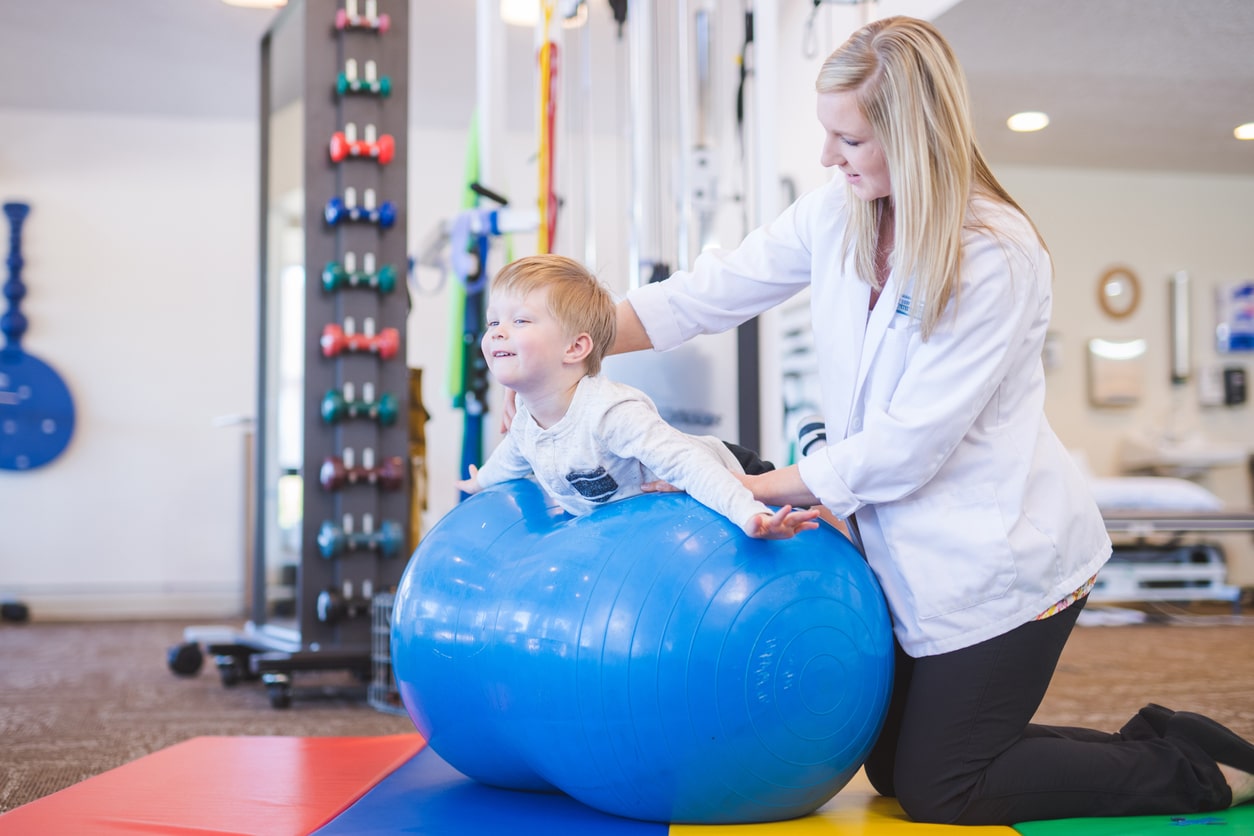Effective Approaches for Alleviating Breathlessness in Physical Rehabilitation Sessions
Effective Approaches for Alleviating Breathlessness in Physical Rehabilitation Sessions
Blog Article
Breathing difficulties, or difficulty respiration, is a frequent concern that many individuals face, particularly those with long-term lung diseases, heart problems, or other medical concerns. In physical therapy sessions, addressing breathing difficulties is crucial for helping clients enhance their overall standard of life. By employing specific methods and approaches, physical therapists can help patients in controlling their respiratory difficulties. Grasping these efficient methods can empower both therapists and patients to work together more effectively in addressing obstacles related to breathing difficulties.
One of the primary methods used to alleviate dyspnea in physical therapy is the practice of controlled breathing exercises. These activities often concentrate on abdominal breathing, which promotes patients to use their diaphragm rather than their upper chest muscles when breathing in. This approach helps to increase lung volume and effectiveness. Additionally, pursed-lip breathing is another technique that can be helpful. This technique requires inhaling through the nose and breathing out slowly through compressed lips, which can assist to keep airways clear longer and render breathing feel more manageable. By including these activities into therapy sessions, physical therapists can provide patients with tools to control their breathing difficulties both during and outside of their appointments.
Another crucial aspect of controlling dyspnea in physical therapy is the development of an personalized exercise program. Customizing exercises to meet the specific needs and capabilities of each patient is crucial. Therapists should gradually integrate aerobic activities, such as walking or biking, in a web structured manner, allowing patients to build their endurance over time. This incremental method helps patients to feel more at ease with fitness activity while at the same time improving their lung function and overall endurance. It is important for therapists to monitor patients carefully during these activities to ensure they are not overexerting themselves, which could result to increased shortness of breath.
Teaching also plays a major role in alleviating breathing difficulties during physical therapy appointments. Providing patients with information about their condition and the factors behind breathing difficulties can empower them to take charge of their health. Therapists can describe how elements like anxiety, posture, and surrounding conditions can influence breathing. By understanding these ideas, patients can discover to control their symptoms more efficiently. Techniques such as anxiety reduction strategies and proper body mechanics can additionally assist in reducing the effects of dyspnea during routine activities and therapy sessions.
In summary, effectively alleviating breathing difficulties in physical therapy appointments involves a combination of breathing activities, individualized exercise regimens, and patient education. By implementing these efficient methods, physical therapists can help patients manage their respiratory difficulties and improve their overall health. Collaboration between therapists and patients is essential to create customized interventions that meet individual needs. With the appropriate support and techniques, patients can find comfort from dyspnea and engage more completely in their physical therapy journey, eventually leading to a better standard of life.